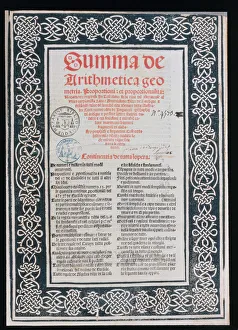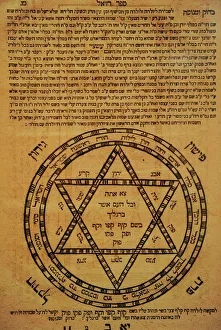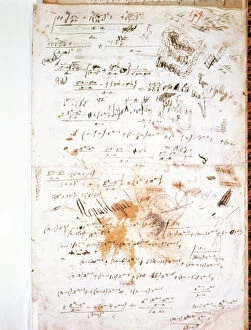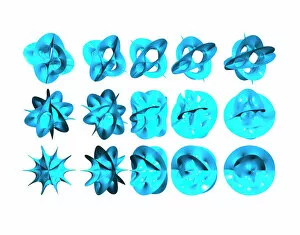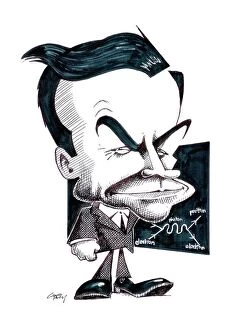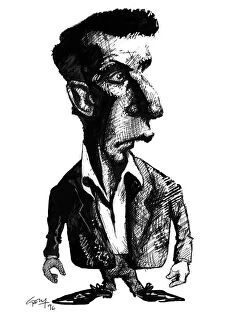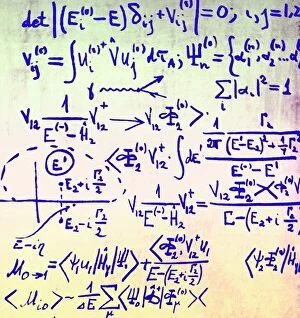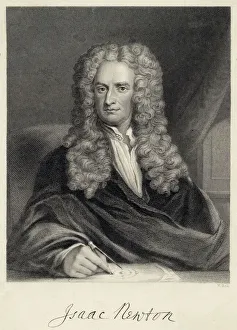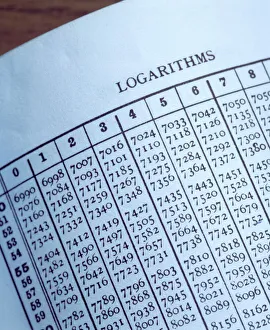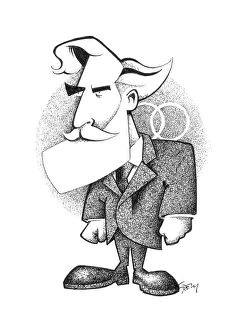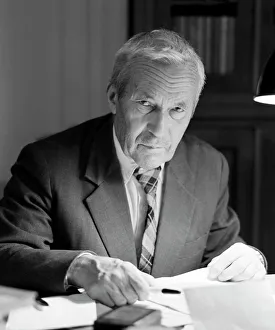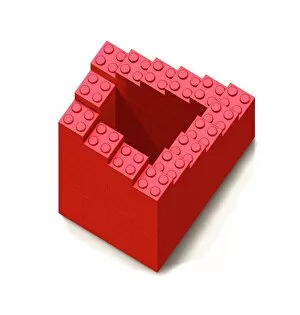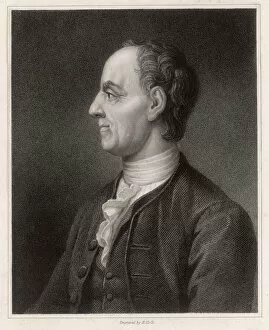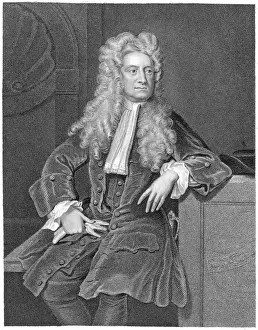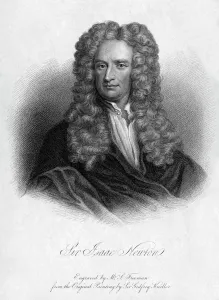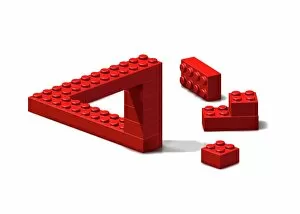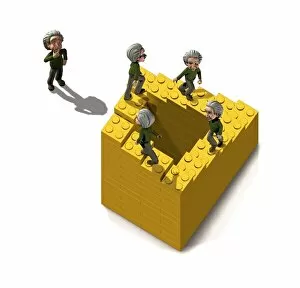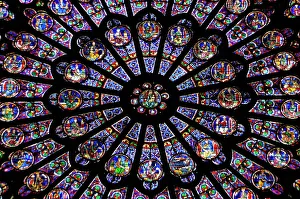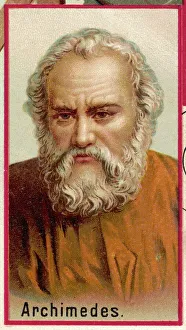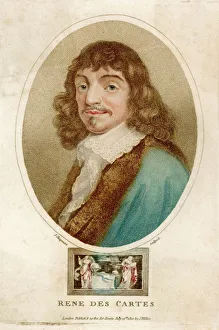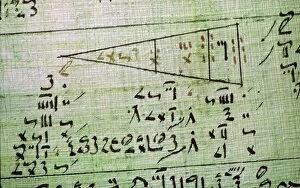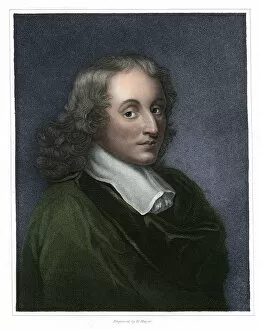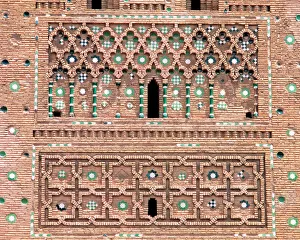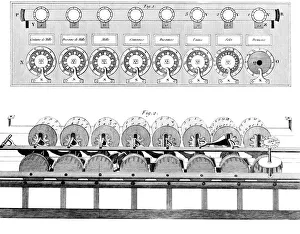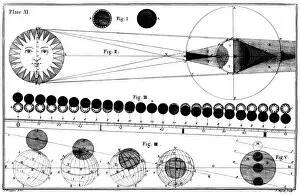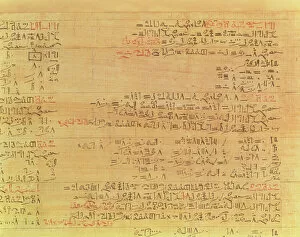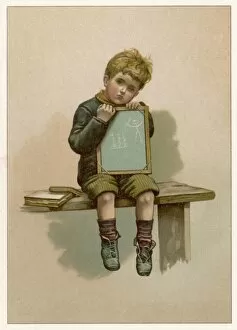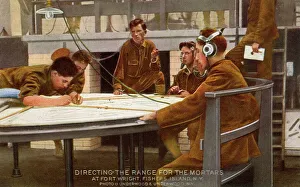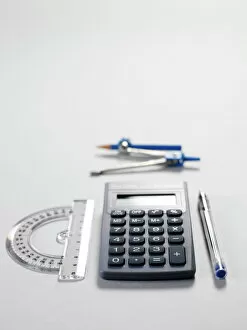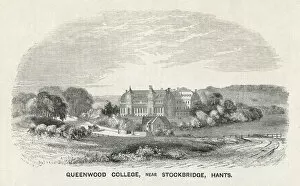Maths Collection
"Unraveling the Mysteries: A Journey through the World of Maths" Embark on a captivating adventure as we explore the intricate world of maths
All Professionally Made to Order for Quick Shipping
"Unraveling the Mysteries: A Journey through the World of Maths" Embark on a captivating adventure as we explore the intricate world of maths, where beauty and logic intertwine. From the mesmerizing Fibonacci spiral to breathtaking artwork inspired by mathematical concepts, this is a realm that transcends mere numbers. Delve into the minds of brilliant thinkers like Richard Feynman, whose caricature C015/6715 captures his genius and passion for unraveling nature's secrets. Ludwig Wittgenstein's caricature beckons us to ponder deep philosophical questions intertwined with mathematics. Discover fragments of Evariste Galois' manuscript, an enigmatic glimpse into one of history's greatest mathematical prodigies. Marvel at Pacciolis Summa de Arithmetica title pages, reminding us of ancient wisdom passed down through generations. Witness the power of equations in particle physics; they unlock hidden truths about our universe. The Enigma code machine stands as a testament to how mathematics played a pivotal role in deciphering secrets during times of war. Flip through logarithm tables that once served as indispensable tools for calculations before calculators existed. Sir Isaac Newton, not only an English mathematician but also an astronomer and physicist, left an indelible mark on science with his groundbreaking discoveries. John Venn's caricature C013/7595 invites us to explore his innovative visual representation known as Venn diagrams—a powerful tool used across various fields today. Andrei Kolmogorov's contributions to probability theory showcase how maths shapes our understanding of uncertainty and randomness. In this vast landscape where imagination meets precision, let us embrace maths as both an art form and a language that unlocks profound insights into our world—forever expanding our horizons.

